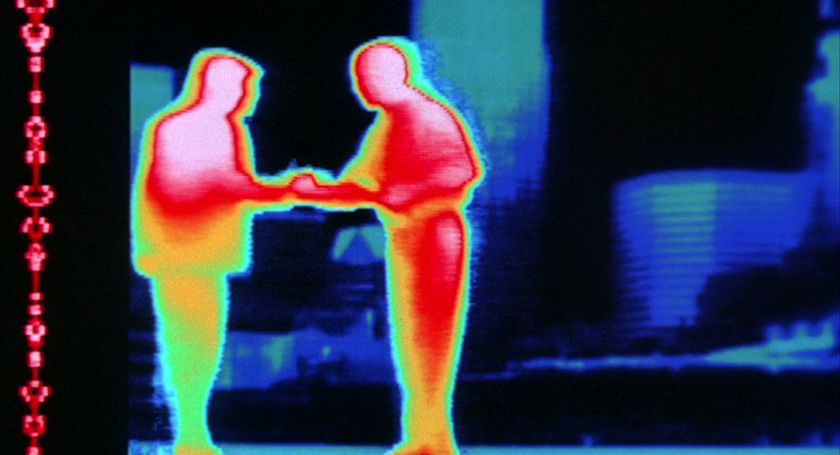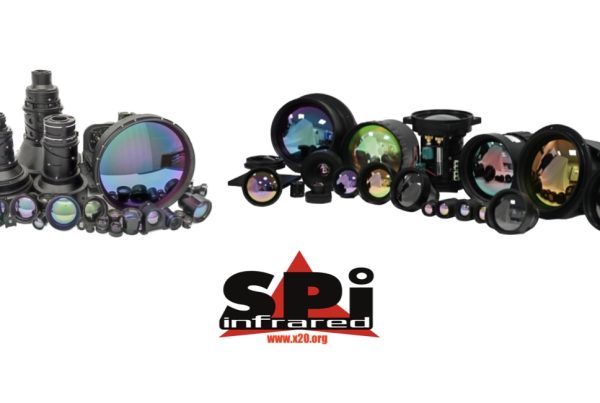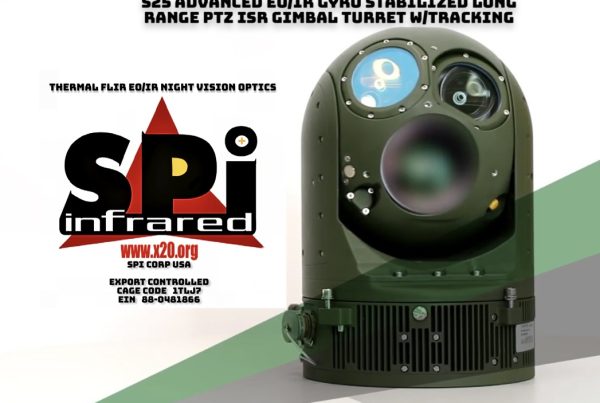For most people the first peek at thermal imaging were the scenes from the 1987 movie Predator with Arnold Schwarzenegger where the alien used thermal vision to track his prey. Interestingly enough this was probably the first movie to use an actual thermal imager back in the day when they were still really expensive and far from what they are capable nowadays. This is precisely for a lot of people when talking about thermal cameras the images from the movie pop up in their heads, especially the first one, even though thermal imagers were used in most of the sequels after that, though some apparently resorted to “faking” it with CG as well.
There is a common misconception about thermal imaging cameras and that is regarding what kind of information they actually record with a lot of people thinking that the colorful image they see is actually what a thermal camera records. Well, maybe even that Predator movie is partially responsible for that misconception, but thermal imaging cameras actually do not record any color information. The reason for that is pretty simple – they do not operate like regular cameras that work in the part of the electromagnetic spectrum that is visible (400–700 nm range) and we can distinguish colors in, they operate in the a much higher part of the electromagnetic spectrum (8000–15000 nm).




